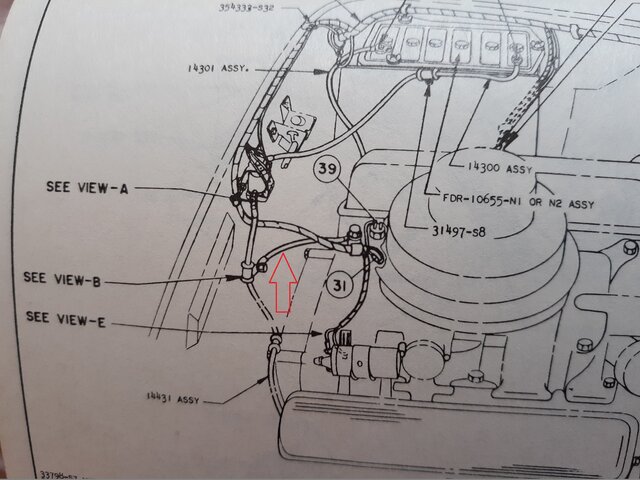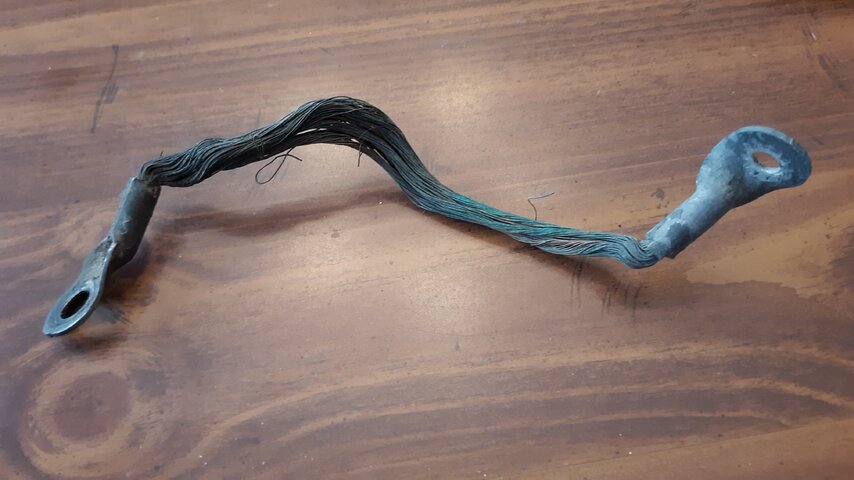Sorry I was not clear. The way I learned the terminology working in a auto shop, a lazy starter turns slowly, but it does always crank. Just sometimes it is just a bit too slow to get the engine to start. Once the battery is confirmed good, It is always an electrical resistance problem. After all the external connections are eliminated as the source of the high resistance the only thing left is an internal resistance problem in the starter. Although from my auto mechanic days it was usually internal resistance in the starter on hot restart, not cold start.
That's why I was ready to replace the starter as the only source of variable resistance left until
@dmsfrr mention the additional ground cable that my car does not have.




